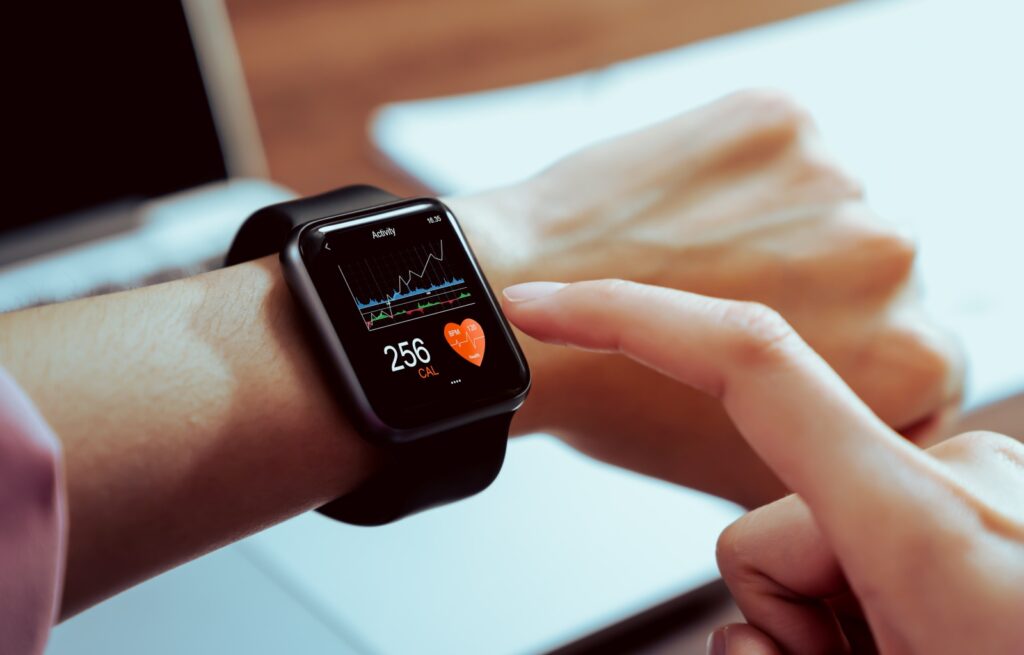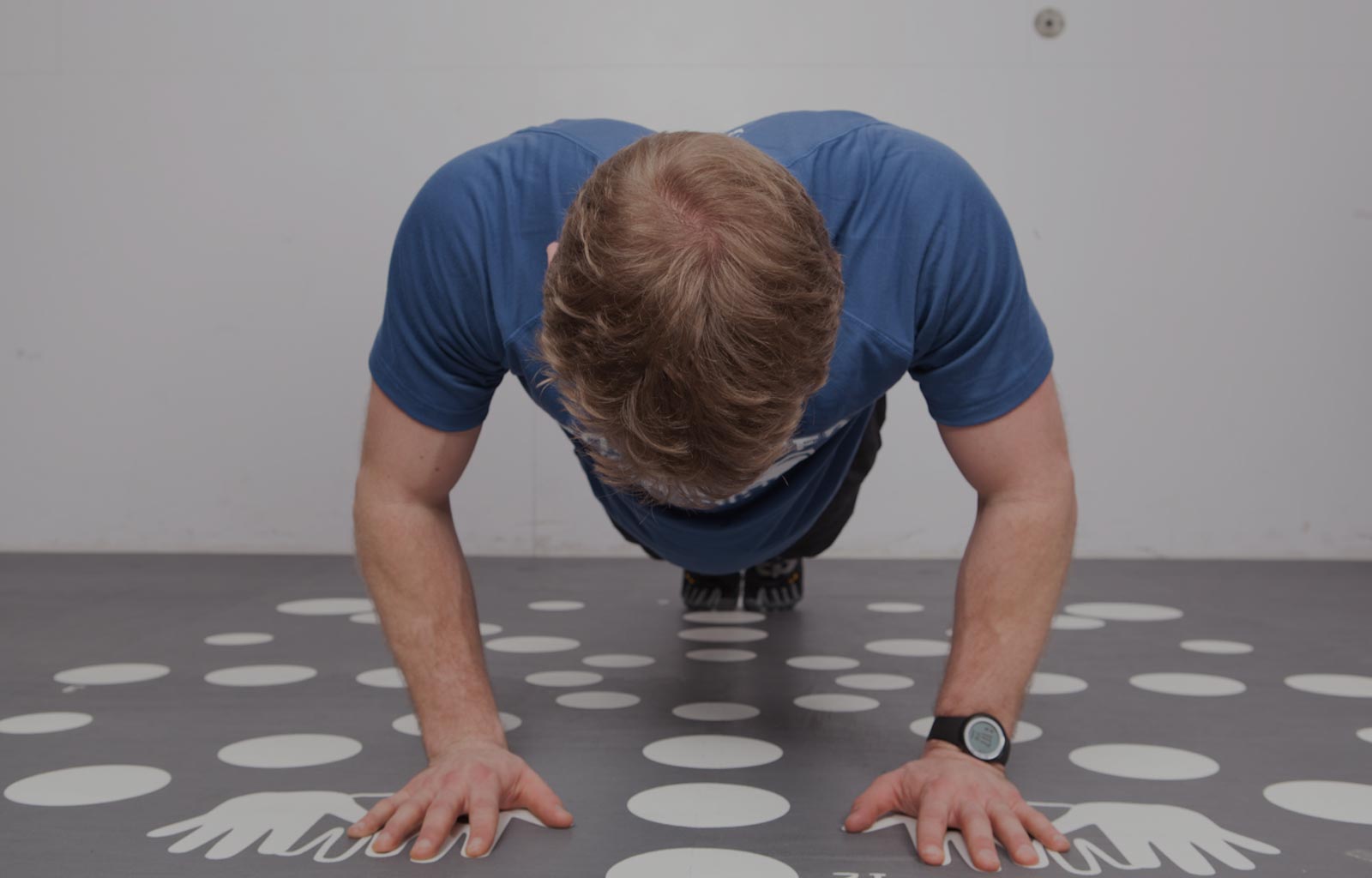In today’s rapidly evolving fitness landscape, digital technologies are no longer optional tools – they are central to how we design, deliver, and evaluate health and wellness programs across all demographics. From wearable fitness trackers and mobile applications to AI-driven coaching platforms and smart home gym systems, technology is playing an increasingly transformative role in helping individuals live healthier, more active lives.
This trend is particularly evident among older adults. According to recent industry research, wearable technology has been identified as the number one fitness trend for seniors heading into 2025 (Technology, Older Adults Lead Top 2025 Fitness Trends | Recreation Management, 2024). This shift reflects a broader cultural and generational embrace of digital solutions that provide convenience, personalization, and most importantly, safety in the pursuit of wellness.
As fitness professionals, understanding and leveraging these tools allows us to offer more individualized and responsive training solutions that align with the unique needs of each client, especially those in older age groups.
Wearable Technology: A Game Changer for Active Aging
Wearable technologies – such as fitness watches, heart rate monitors, and sleep trackers – have revolutionized how people monitor their daily activity levels, vital signs, and recovery metrics. These devices provide real-time feedback that supports more informed decision-making, not only for clients but also for trainers, coaches, and health professionals.
For older adults, this level of insight can be particularly valuable. Age-related physiological changes – such as reduced cardiovascular capacity, muscular atrophy, or slower recovery rates – require tailored approaches to exercise. With wearable technology, we can monitor data such as:
- Heart rate zones for ensuring safe and effective cardiovascular training
- Daily step counts to promote consistent movement and mobility
- Sleep quality to assess recovery and stress levels
- Activity trends that help identify patterns and barriers to progress
This information helps mitigate risk, enhance safety, and boost adherence by offering objective feedback. Instead of relying solely on subjective feelings of exertion or fatigue, older adults can see how their bodies respond to different types of exercise, allowing them to self-regulate more effectively.
Personalization and Data-Driven Coaching
One of the greatest benefits of incorporating digital tools into a fitness program is the ability to offer highly personalized coaching. Data from wearable tech allows fitness professionals to customize programs that not only align with an individual’s goals but also respect their current fitness level and any existing medical conditions.
As Parsons (2017) notes, this data-driven method of training allows for a deeper understanding of physiological responses to exercise stimuli. Instead of applying a “one-size-fits-all” model, we can now develop exercise prescriptions that consider real-time performance metrics, longitudinal health trends, and specific recovery needs.
For example, if an older client’s wearable device indicates elevated resting heart rate and poor sleep quality over several nights, a fitness professional might adjust the intensity of their workouts or focus on restorative practices like mobility training or low-impact cardio. This approach not only maximizes results but also fosters a more compassionate and responsive trainer-client relationship.
Motivation, Accountability, and Behavioral Change
Beyond physiological benefits, wearable technology serves as a powerful tool for motivating behavioral change – a key aspect of long-term fitness success. Many devices offer gamification elements such as step challenges, achievement badges, and social sharing features, all of which can encourage users to stay engaged.
For older adults, who may be navigating health conditions, isolation, or mobility limitations, these motivational features can provide a renewed sense of purpose and community. The simple act of seeing their progress – whether through an increase in weekly steps or improved sleep scores – can reinforce positive behavior and help develop a habit of consistent activity.
Additionally, many apps and devices allow users to set reminders, receive alerts to move, or celebrate when they reach a milestone. This immediate feedback loop is invaluable in reinforcing consistency and empowering users to take ownership of their fitness journey.
Bridging the Gap between Fitness and Healthcare
As the boundaries between fitness and healthcare continue to blur, wearable technologies are becoming a bridge that connects preventive health practices with traditional medical care. Data collected through fitness wearables can be shared with healthcare providers, creating a more comprehensive view of a patient’s lifestyle and aiding in preventive diagnostics or chronic disease management.
For example, a client with hypertension can benefit greatly from tracking their heart rate during different exercise intensities, ensuring they remain within safe limits. A client managing diabetes can use wearable data to understand how physical activity influences their blood glucose levels. This integrative approach helps fitness professionals collaborate more effectively with other health providers, resulting in better outcomes for the client.
Conclusion: The Future is Now
The incorporation of digital technologies into the fitness industry is not just a trend – it is a reflection of how society is evolving toward more personalized, data-informed, and accessible health solutions. For older adults in particular, wearable fitness technologies provide an opportunity to stay active, independent, and informed.
As fitness professionals, our role is to guide clients in using these tools effectively, ensuring that technology enhances rather than overwhelms their wellness journey. With the right knowledge and approach, we can empower individuals of all ages – especially seniors – to thrive in a modern fitness ecosystem that is smarter, safer, and more connected than ever before.
References
Parsons, M. (2017, 05 15). Trends in senior fitness. Retrieved 09 13, 2025, from https://retirementconnection.com/articles/trends-senior-fitness
Technology, Older Adults Lead Top 2025 Fitness Trends | Recreation Management. (2024, 10 28). Retrieved 09 13, 2025, from https://recmanagement.com/articles/154822/technology-older-adults-lead-top-2025-fitness-trends
Tobey, A. (2024, 01 16). Fitness Trends for Seniors. Retrieved 09 13, 2025, from https://www.seniorsguide.com/lifestyle/fitness-trends-for-seniors/




